Be honest: Do you get sweaty palms just thinking about parallel parking?
You’re not alone. Many drivers feel pressure when faced with squeezing their car between two others to parallel park. But that doesn’t mean it’s difficult, says Joe Giammona, the CEO of 911 Driving Schools, where police officers and first responders teach this maneuver, along with other basics. “It’s just a matter of learning how to do it right,” he says. So consider this your crash course on how to parallel park correctly—every time.
- Find a Parking Spot
- Signal and Assume the Position
- Check Your Surroundings
- Start Reversing and Turn the Wheel
- Straighten Out and Turn the Wheel the Other Way
- Straighten and Align
- Admire Your Work
How To Parallel Park
Step 1: Find the right parking spot.
Don’t try to parallel park in the first spot you see. Giammona suggests looking for something that’s roughly one-and-a-half times the length of your vehicle.
As you approach a space, he says, remember this handy acronym: MSMOG. Check Mirrors, turn on the right Signal, check Mirrors again, look Over your right shoulder, and Go when safe. Then pull up next to the car you’re going to parallel park behind, keeping a safe distance (two to three feet away) from its side.
Step 2: Put it in reverse.
Before you start moving, get into the proper backing position for parallel parking. For Giammona, that means sitting up tall and turning your shoulders 90 degrees from the back of your seat.
Next, reverse slowly until the middle of your car lines up with the other car’s rear bumper. If another car approaches from the rear, Giammona recommends remaining in position with your signal on and your car in reverse. “That way, the driver approaching knows your intention,” he says.
Step 3: Head toward the curb.
When the coast is clear, cut the steering wheel sharply toward the curb to approach at a
45-degree angle; continue until you can see the headlights of the car behind you in the driver’s-side wing mirror.
For most cars, when the passenger’s-side wing mirror is in line with the rear bumper of the car in front of you, that’s your cue to turn your wheels back the other way. Continue backing until your vehicle is aligned with the cars at either end, and parallel to the curb or road edge.
Step 4: Straighten and align.
Always center your car between the two other vehicles, as it “allows both cars room to exit the spaces,” says Giammona. Though proper distance from the curb varies by state, typically your car should be between 12 and 18 inches from the curb, he says.
If your right rear wheel taps the curb, most of the time you can put the vehicle in drive, turn the wheels all the way to the right and move forward until the vehicle is parallel, says Giammona. Then do one last check on your distance from the curb.
Happy parallel parking.
Do you often have trouble finding parking? Check out the GEICO Mobile app’s Parking Garage Locator feature, and download GEICO Mobile for free from the App Store or Google Play.
Next: Parking can be a stressful part of driving, but it doesn’t have to be. Read more to find out how to handle stressful driving situations.
By Danielle Blundell

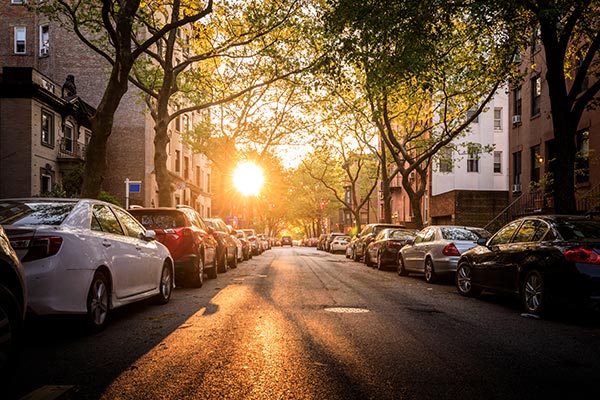


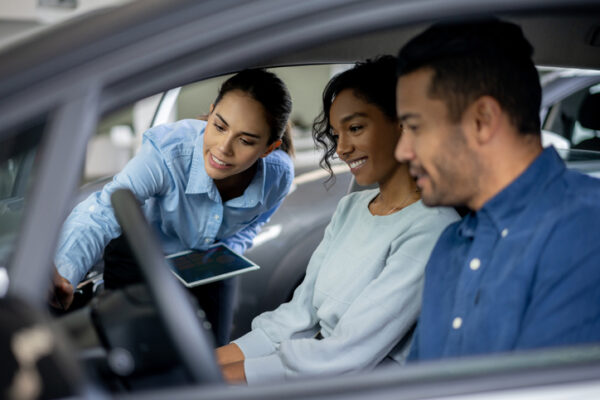
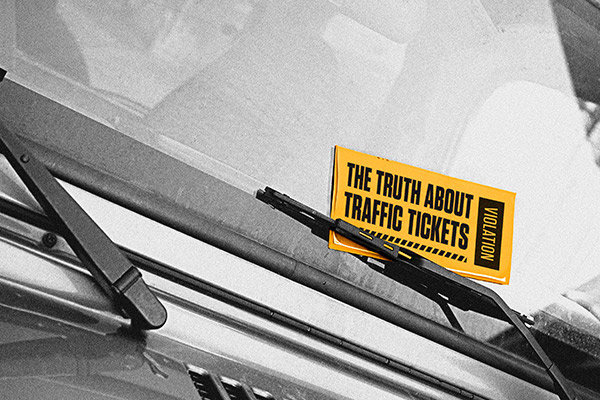
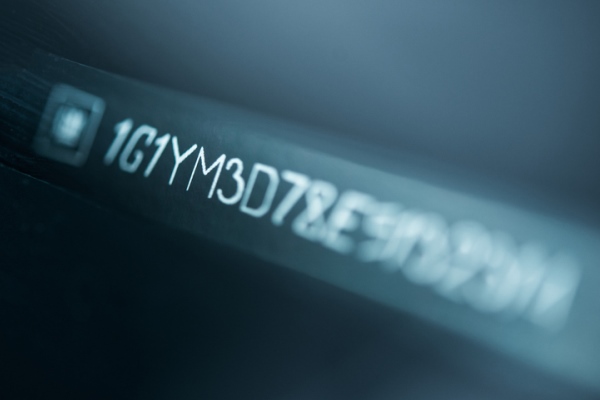
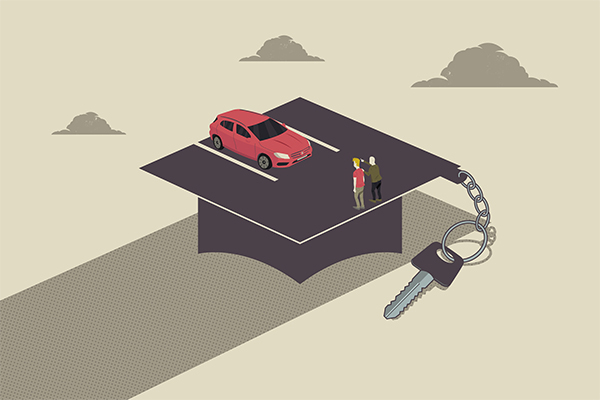
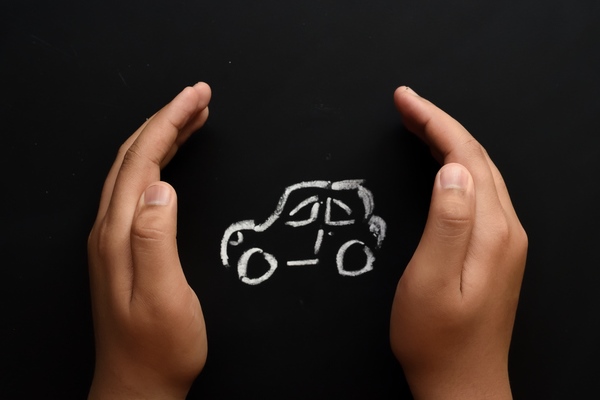
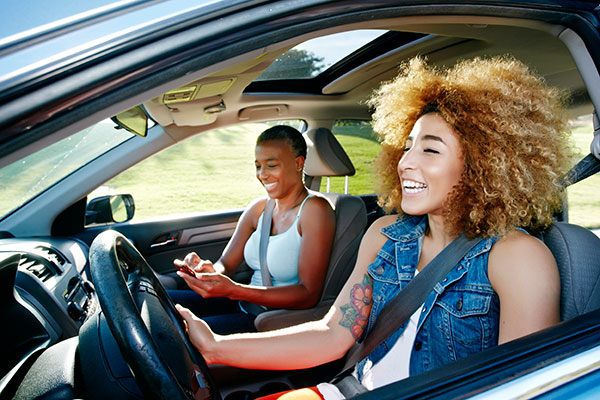
Malinda Massey says,
Loved this video! !!
Gigi Middlebrook says,
Love this tip GEICO! Can’t wait to try it!
GERMAN says,
is great ….thank you
Yeymi Rubio says,
Thanks very much i hate to parallel park so i always try to avoid doing so. Great
Mohammad Shah says,
Very good instructions! I will practice this today! Even DMV did not elaborate like this in their book!
Thanks again
Dawn says,
Thanks! this is greatly appreciated ?
Michelle Abreu says,
Great article, though I would add one important tip that I learned early on and made me a pro in NYC that much quicker. Instead of using my rear-view mirror when heading back into the parking spot, I place my right hand behind the passenger’s seat and physically turn your head to look at the back once I’ve cleared the front and sides for pedestrians. It makes it a whole lot easier.
J. Harrison says,
Thanks very much i hate to parallel park so i always try to avoid doing so. Great info.
Joe says,
Great method, thanks. Slightly different than I learned but with easier visual cues. One thing more would be helpful…to me anyway. I usually find that getting the spacing between my car and the car I am pulling up next to at the start is many times the hardest thing. Too close, and you can’t turn-away from the curb after straightening without possibly impacting the front car’s bumper. Too far, and I find that the maneuver often ends too far from the curb. So, do you have a visual clue that will put the car at the correct spacing between it car and the front parked car at the outset?
Regards,
Joe
vincent says,
I definitely think that you should show a video demonstration of this parking, it would be a lot helpful
thank you
Abdel says,
My Dad tought me a trick to parallel parking which I will teach my kids when the time comes. The trick is whe you are ready to go in reverse, you will need to be next to the car in which you are about to park behind, window to window before reverse. That what my Dad used to say. Window to window. Sorry if it not clear but if it is try it out yourself.
Janis N. Senungetuk says,
I agree with Lesie, a video would be very helpful.
Paul Schmolke says,
When I took my first drivers test in Arkansas, in 1960, parallel parking was part of the driving exam. It also included a hand signal panic stop and use of hand signals for all turns and stops. The written test was pretty tough too, requiring memorization of safe following distances and stopping distances from various speeds. Rules of the road were covered including the right of way rules and speed limits for school zones and flashing yellow traffic signals. After all this, one year of driving with a licensed adult would get you a real license and not just the learners permit. My starting insurance cost was $900 a year…more than the cost of my first car, a 1956 Chevrolet Bel Air…$850.
I’m still good at parallel parking…the rules I was taught are a little different but they work well.
Eddie says,
Would a view not have given a clearer picture on the parallel parking?
Lesie says,
A video of this would definitely help.
Ruby says,
Seeing is believing. Show us how it is done, in slow motion.